Why McLaren must now bite the bullet and make it clear that Lando Norris is their No 1 driver, writes JONATHAN McEVOY
When did McLaren realise that in Lando Norris they have their best chance of winning the drivers’ championship since Lewis Hamilton in 2008? Hamilton was 23 then. He’s 39 now. That’s how long ago it was.
And when will Lando himself believe it and make the possibility a reality? Based on the evidence of Sunday’s thrilling Hungarian Grand Prix, this juiciest of carrots has yet to sufficiently infiltrate the psyche of both man and team.
McLaren is instead said to be focusing on the Constructors’ Championship, which would undoubtedly be a major achievement to win. As well as the prestige, it comes with top-tier prize money of around £110m, and consequent bumper bonuses for staff.
But even this laurel – and new kitchens all over Woking! – is not the highest prize of motorsport in the broad estimation. That is the drivers’ crown.
Which brings us to why McLaren didn’t take a more ruthless approach and let Norris cross the finish line first in Budapest. He led anyway, building up a lead of over five seconds in the later stages of the race, although his position on the track was dictated by the earlier timing of his second pit stop, which allowed him to overtake team-mate Oscar Piastri.
McLaren must bite the bullet and make it clear that Lando Norris is their number 1 driver
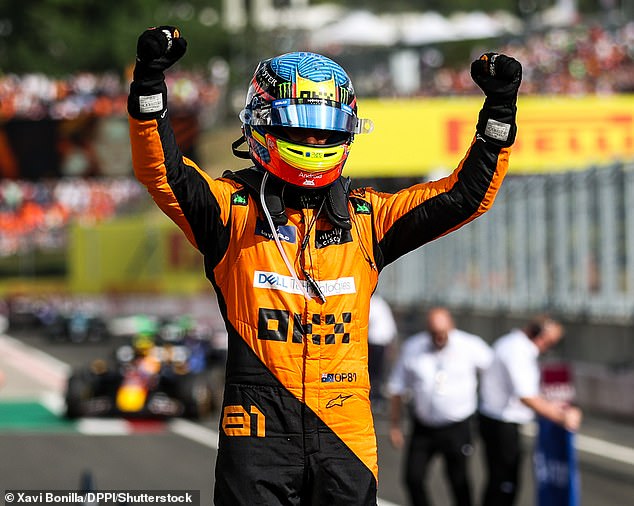
Norris was told to let teammate Piastri pass to win the Hungarian Grand Prix
If McLaren hadn’t ordered Norris to let Piastri pass, they would have scored the same number of points – 43 – and finished with an identical result: a brilliant one-two, their first in three years. So, at least they wouldn’t have lost anything in the Constructors’ Championship.
But they should have backed the British driver, who started the day much closer to championship leader Max Verstappen than anyone else, 84 points behind; Piastri, fifth in the standings, was 131 points behind.
Sure, Norris faces a big task to beat the almost indestructible Verstappen, the driver of his time. But if that is hard work for Norris up close, what chance does Piastri have from the foot of Everest?
After the race Verstappen was fifth and he was in a swearing mood. He had a 76 point lead, while he would have had a 69 point lead if McLaren had not indicated on the radio that they wanted to swap places.
I know that Piastri had built up a possible moral grip on victory by making a better start than poleman Norris from second on the grid (although he later went off track). I also realise that he was chasing the first Formula 1 Grand Prix victory of his life.
But if McLaren had been more imaginative in the prospect of Norris’s meagre but vibrant career as a driver to overtake Verstappen, Piastri would have been made clear up front that his role was to support his brother as a driver.
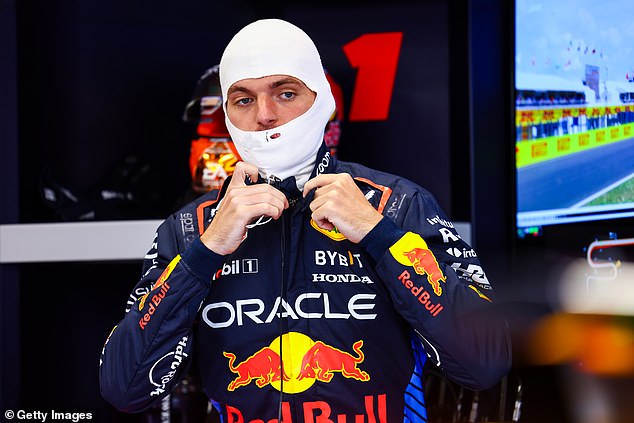
As Max Verstappen’s irritated behavior showed this weekend, cracks are appearing
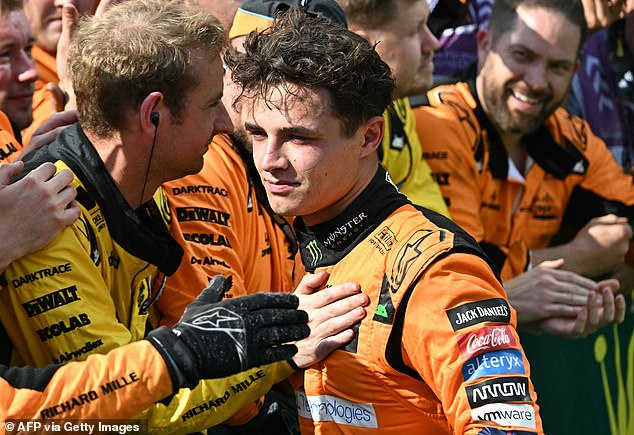
Verstappen’s weaknesses must be exploited and Norris must be able to exert pressure
The 23-year-old Australian is the junior partner in his 35th race, alongside Norris, a venerable 24-year-old, in his 117th race.
The nature of the season provides further reason to resort to preferential treatment. Verstappen went all out at the start, securing every invitation for a Sunday afternoon nap.
But as his exasperated behaviour this weekend showed, cracks are starting to appear, a consequence of the Christian Horner scandal that rocked Red Bull a few months ago. Those weaknesses need to be exploited, and that means the Dutchman’s closest pursuer gets to exert the most pressure.
The extra points are piling up and with 11 laps to go there is still time to show the gradual accumulation.
McLaren has traditionally given its two drivers equal prominence. It is a laudable policy, and could generate the kind of excitement that was generated in Budapest. But the policy has inherent dangers. It recently cost Hamilton – or his team-mate Fernando Alonso – the 2007 title. Kimi Raikkonen instead won for Ferrari by a point over both McLaren men, as they split points.
The most direct route to winning the drivers’ championship is undoubtedly to bet on a clear number 1. That was the Ferrari way, and never more so than in the Michael Schumacher era, when policies bordered on the absurdly partisan.
Eddie Irvine, Rubens Barrichello and Felipe Massa all took their helmets off for the great German. And the procedure continued after that. Most notably, Massa was told, “Fernando (Alonso, the Scuderia’s new star) is faster,” at Hockenheim in the 2010 season. It was a real substitution.
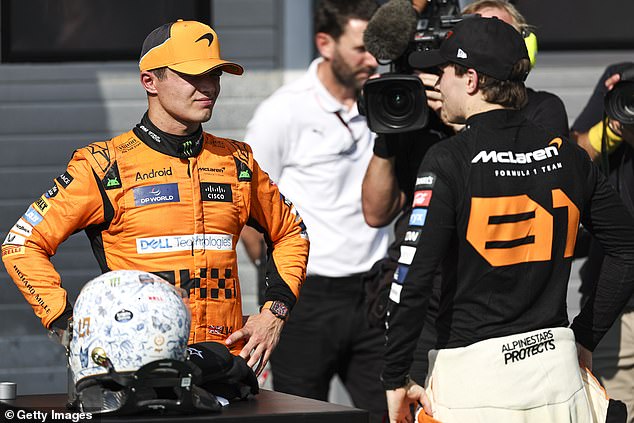
McLaren has traditionally given two drivers equal rights, but this policy has its dangers
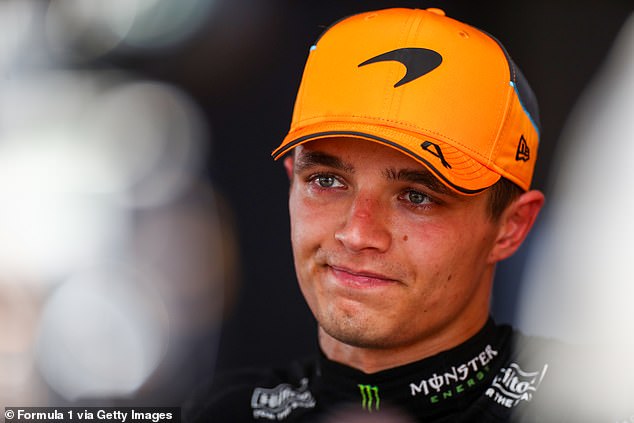
It’s time for Norris and his team to cut out self-destructive mistakes and support themselves
As for Norris, it’s fair to say that if his world championship bid is to mature he needs to cut out self-destructive mistakes. While he’s no proven Schumacher, he’s in the form of his life in a McLaren that’s the best car on the grid (for which much credit goes to Zak Brown’s team). Lando needs to find weapons-grade resilience, plus a killer instinct that the best racers can coolly demonstrate.
Should he have ignored the team orders on Sunday? No. He was right to play fair. But that doesn’t mean he should have been put in that position – or put himself in that position. It’s time for him and McLaren to get their act together.
